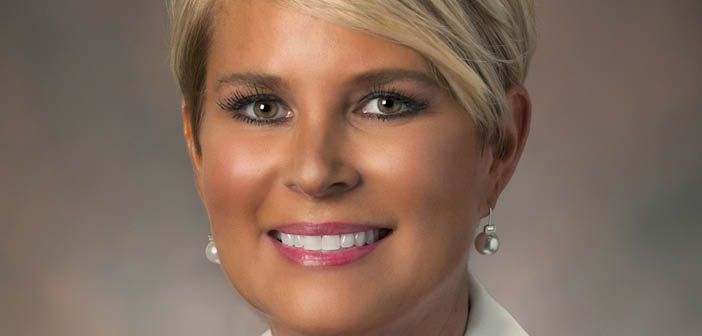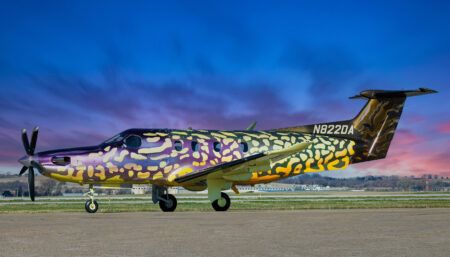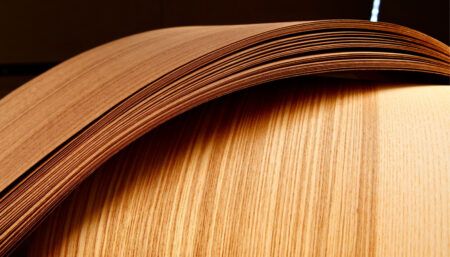Christi Tannahill, senior vice president of interior design and engineering, explains how customer input informs every stage of new product development at Textron Aviation
How often do you engage with customers during the development of new aircraft?
With all our new product developments – the Citation Longitude, the Cessna Denali, the Cessna SkyCourier and the Citation Hemisphere – the interiors are based around customer feedback.
When we’re developing an aircraft, we first establish a customer advisory board where we engage with selected customers – some who own our aircraft and some who own competitor aircraft – and we ask them what they want to see in the cabin. We cover everything from seat placement to window placement, cabin entertainment systems, toilet placement, everything.
Incorporating feedback from our customers, we then develop an aircraft mock-up. We bring them back in and show them the result to ensure we are heading in the right direction. Throughout the development of the aircraft, we continue collecting their feedback to refine the aircraft’s interior.
What is the benefit of this approach?
The Longitude is a great example – because of this approach we’ve achieved a best-in-class cabin environment. It has comfortable seats, large windows, ample legroom and the quietest cabin in its class. We are getting a lot of valuable customer feedback because they have been integrated throughout the entire process.
It’s so important to understand what their expectations are early in the development phase, so that we can continue to refine the interior. Customers are an integral part of our entire process – from concept, through design to certification.
How do your aircraft demos work?
With the Longitude program, we have five flying aircraft, that we continue to use to collect customer feedback on what works and if there is anything they would like to see changed.
Our aircraft are heavily utilized for demonstration flights so that we continuously gather customer input. We integrate customer feedback and launch the aircraft back into the field for more demos. The five aircraft are configured with five different interior schemes, showcasing double clubs, couches – a multitude of interior options. Through this approach, we have an optimal opportunity to ensure a superior product upon certification and delivery of the aircraft.
Can you give examples of things that have been changed on the Longitude in response to customer feedback?
The seats are a great example of a cabin element that has evolved since the beginning of the design. Based on the extensive feedback we’ve gathered through the demonstration flights, we’ve since incorporated a one-piece footrest that completely extends out.
Another example is that early on in the program, we planned to have manual shades. After placing the Longitude in the field for some time, we received feedback that people preferred the electronic shades. So, we were able to quickly work with our supplier and incorporate an electronic shade, which gives a sheer or blackout effect, which works very well.
We’ve also made a lot of options available. We have a three-place couch option, which customers have also requested to place on the other side of the aircraft. Essentially, we can tailor the aircraft to anything our customers want.
There have also been minor things like the sink surfaces – based on customer preferences, we have incorporated new material finishes.
Our customers are very pleased in our ability to be flexible and make the changes that they want.
How has customer feedback influenced the IFEC/CMS offering on the Longitude?
The fact that we have our own entertainment system gives us the opportunity to integrate customer feedback at the latest possible stages of development. For example, we received feedback that Bluetooth connectivity is extremely important to our customers. In just a few months after learning that, we were able to implement a Bluetooth option, and make sure that everybody can connect the instant they board the aircraft, without plugging in.
From the beginning of the product development to when the aircraft is certified, technology is certainly going to have evolved, so it is important to be flexible in the design. If IFEC/CMS technology has been built into the aircraft, it likely will be very difficult or costly to change it out.
For more on the Longitude, look out for the October 2018 issue of Business Jet Interiors International!





